- About US
- IMC
- By Equipment
-
- Manufactures
- Blog
Understanding the Advantages of CNC Metal Cutting Machines in Modern Manufacturing
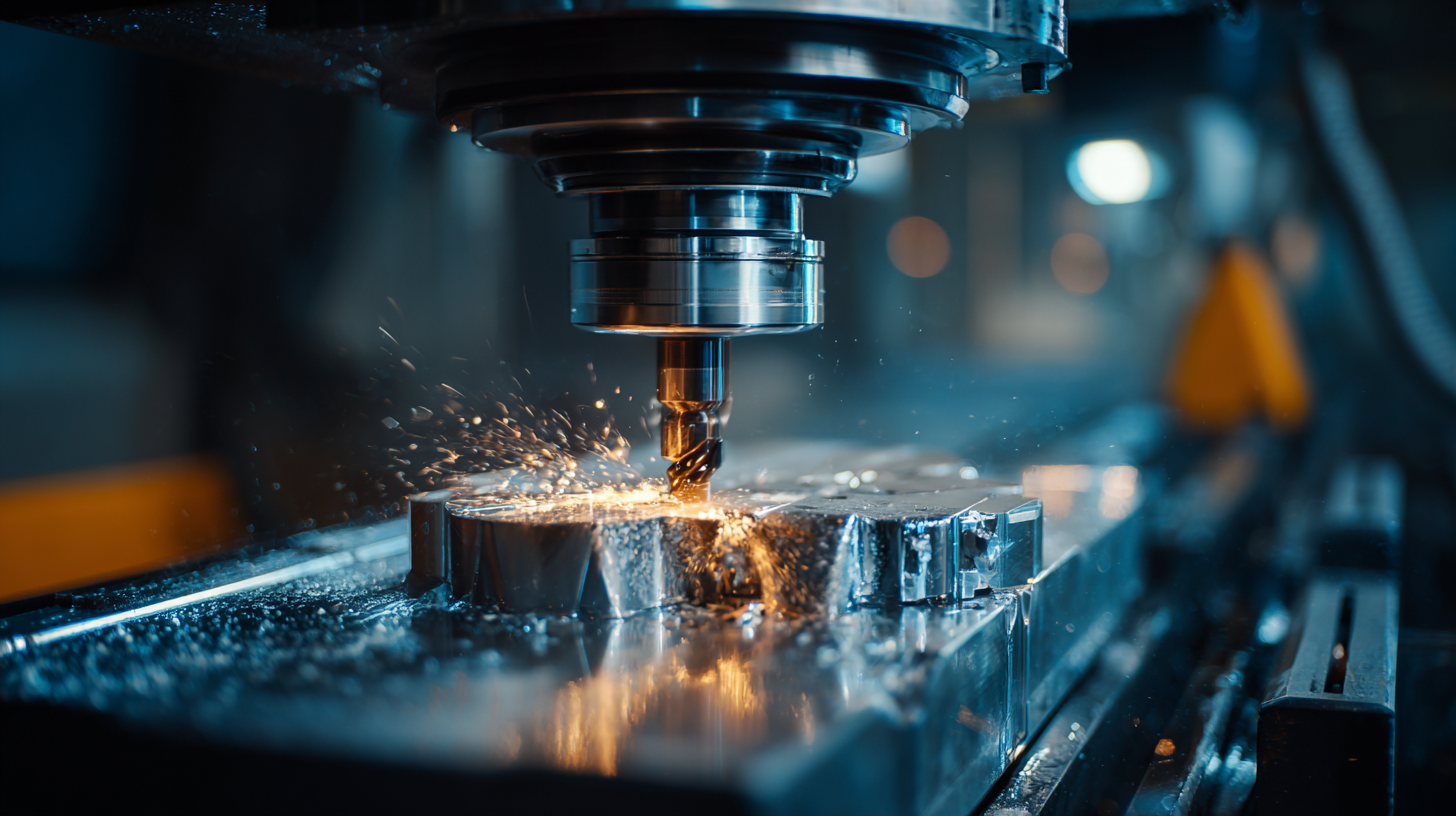 In the realm of modern manufacturing, the integration of advanced technologies is crucial for efficiency and precision. One of the standout innovations is the CNC metal cutting machine, which has transformed traditional machining processes. These automated systems offer a myriad of advantages, including enhanced precision, increased efficiency, and the ability to create complex shapes and designs with ease.
In the realm of modern manufacturing, the integration of advanced technologies is crucial for efficiency and precision. One of the standout innovations is the CNC metal cutting machine, which has transformed traditional machining processes. These automated systems offer a myriad of advantages, including enhanced precision, increased efficiency, and the ability to create complex shapes and designs with ease.
Manufacturers are increasingly recognizing the potential of CNC metal cutting machines to not only streamline production but also to improve product quality and reduce waste. As industries continue to evolve and demand for high-performance components grows, understanding the benefits of incorporating CNC metal cutting technology becomes essential. This exploration delves into why adopting CNC metal cutting machines is pivotal for manufacturers seeking to stay competitive in a fast-paced market.
Advantages of CNC Metal Cutting Machines Over Traditional Methods in Manufacturing
CNC metal cutting machines represent a significant advancement over traditional manufacturing methods, primarily due to their enhanced precision and efficiency. The shift towards digital manufacturing technologies is transforming industries by streamlining production processes and reducing waste. With the global machine tool market projected to grow from $132.63 billion in 2025 to $229.46 billion by 2032, driven by an impressive compounded annual growth rate of 8.1%, it is evident that the integration of CNC technology is becoming essential.
One of the key advantages of CNC machines is their ability to execute complex designs with remarkable accuracy, making them ideal for tasks that require high precision. Additionally, CNC machines can operate continuously with minimal supervision, leading to reduced labor costs and increased output. As manufacturers increasingly seek environmentally friendly solutions, CNC technology provides lower operational emissions, allowing companies to transition from conventional practices to more automated and sustainable approaches, showcasing the transformative impact of this technology in modern manufacturing.
Enhanced Precision and Consistency: Key Metrics for Quality Control
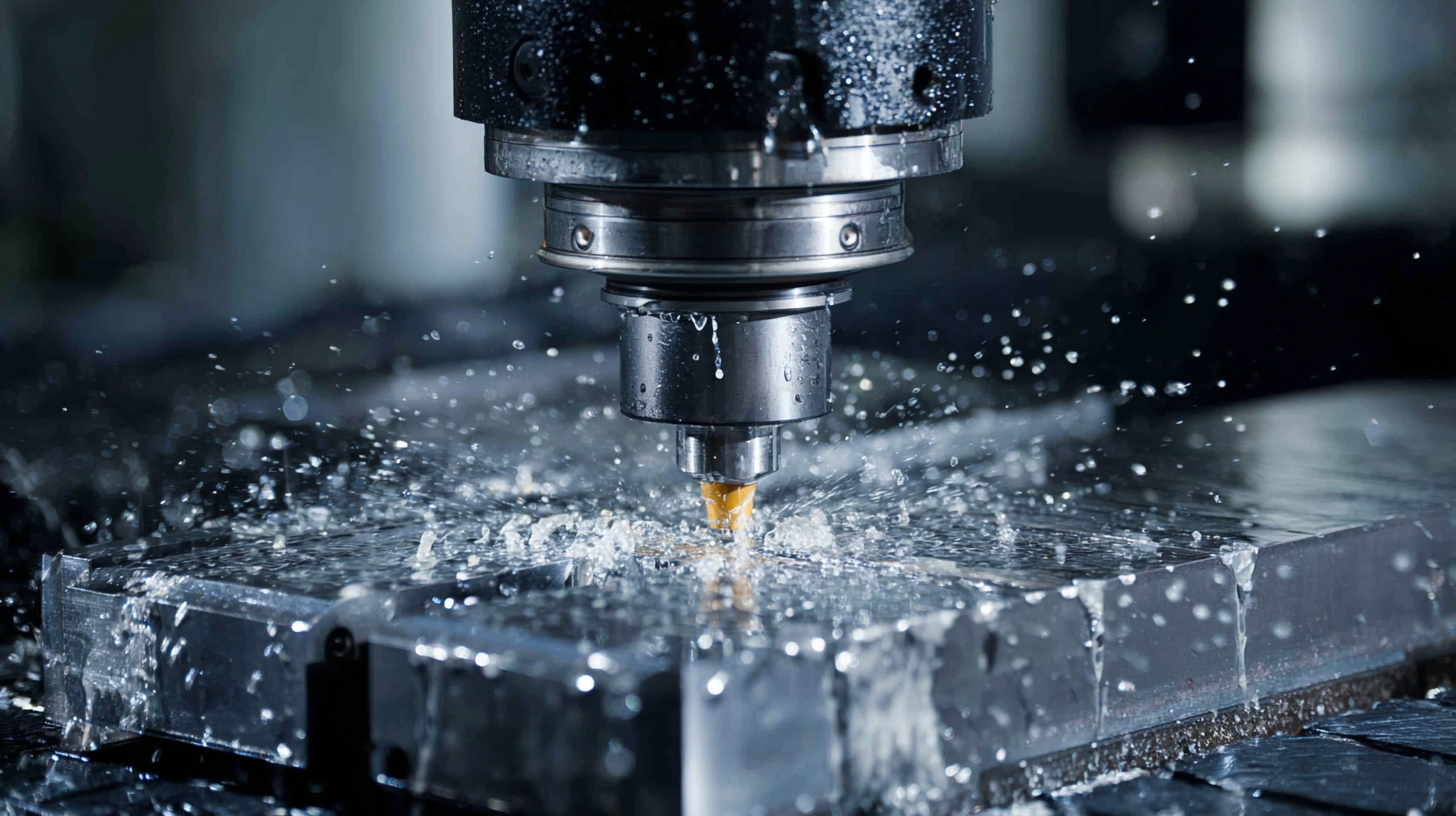 CNC metal cutting machines have become pivotal in modern manufacturing, primarily due to their enhanced precision and consistency. These machines utilize computer numerical control to execute complex cuts with remarkable accuracy, minimizing the risks of human error. This capability allows manufacturers to create intricate components that meet tight tolerances, improving product quality and performance.
In quality control, key metrics such as dimensional accuracy, repeatability, and surface finish play an essential role. Each of these metrics directly impacts the end product, ensuring it aligns with design specifications and customer expectations.
CNC metal cutting machines have become pivotal in modern manufacturing, primarily due to their enhanced precision and consistency. These machines utilize computer numerical control to execute complex cuts with remarkable accuracy, minimizing the risks of human error. This capability allows manufacturers to create intricate components that meet tight tolerances, improving product quality and performance.
In quality control, key metrics such as dimensional accuracy, repeatability, and surface finish play an essential role. Each of these metrics directly impacts the end product, ensuring it aligns with design specifications and customer expectations.
Tips for achieving optimal results with CNC machines include regularly calibrating the equipment to maintain accuracy and conducting thorough inspections of finished parts to identify any deviations early in the process. Additionally, utilizing advanced materials and tools can enhance the surface finish, contributing to the overall quality of the product. Implementing structured quality control processes can help track the consistency of outputs, ensuring that all manufactured parts not only meet industry standards but also satisfy customer demands. By focusing on these critical aspects, manufacturers can leverage CNC technology to its fullest potential.
Increased Productivity: Statistics on Cycle Times and Output Rates
CNC metal cutting machines have revolutionized modern manufacturing by significantly enhancing productivity. With precision and automation at their core, these machines can dramatically reduce cycle times compared to traditional machining methods. For instance, while conventional machining may take several hours to complete a complex part, CNC machines can perform the same task in a fraction of that time, often achieving remarkable accuracy within minutes. This not only accelerates production but also optimizes the use of available resources, making manufacturing operations more efficient.
Moreover, the output rates of CNC machines are impressive. Manufacturers can achieve higher volumes of production without compromising on quality, thanks to the consistency and repeatability that CNC technology offers. Statistics show that companies employing CNC metal cutting have observed an increase in output rates by as much as 30-50%, depending on the specific application and material being processed. This surge in production capacity allows manufacturers to meet growing market demands swiftly while maintaining the high standards necessary for competitiveness in today’s fast-paced industrial landscape.
Cost-Effectiveness: Analyzing ROI and Long-Term Savings in CNC Operations
In today's competitive manufacturing landscape, the integration of CNC metal cutting machines presents significant long-term cost-effectiveness. These advanced machines not only enhance precision and reduce waste but also offer substantial returns on investment (ROI) through increased productivity. By minimizing manual labor and the associated costs, companies can allocate resources more efficiently, enabling a focus on value-added processes. Over time, the savings accrued from reduced operational costs and enhanced production capabilities can outweigh the initial investment, making CNC technology an attractive option for manufacturers.
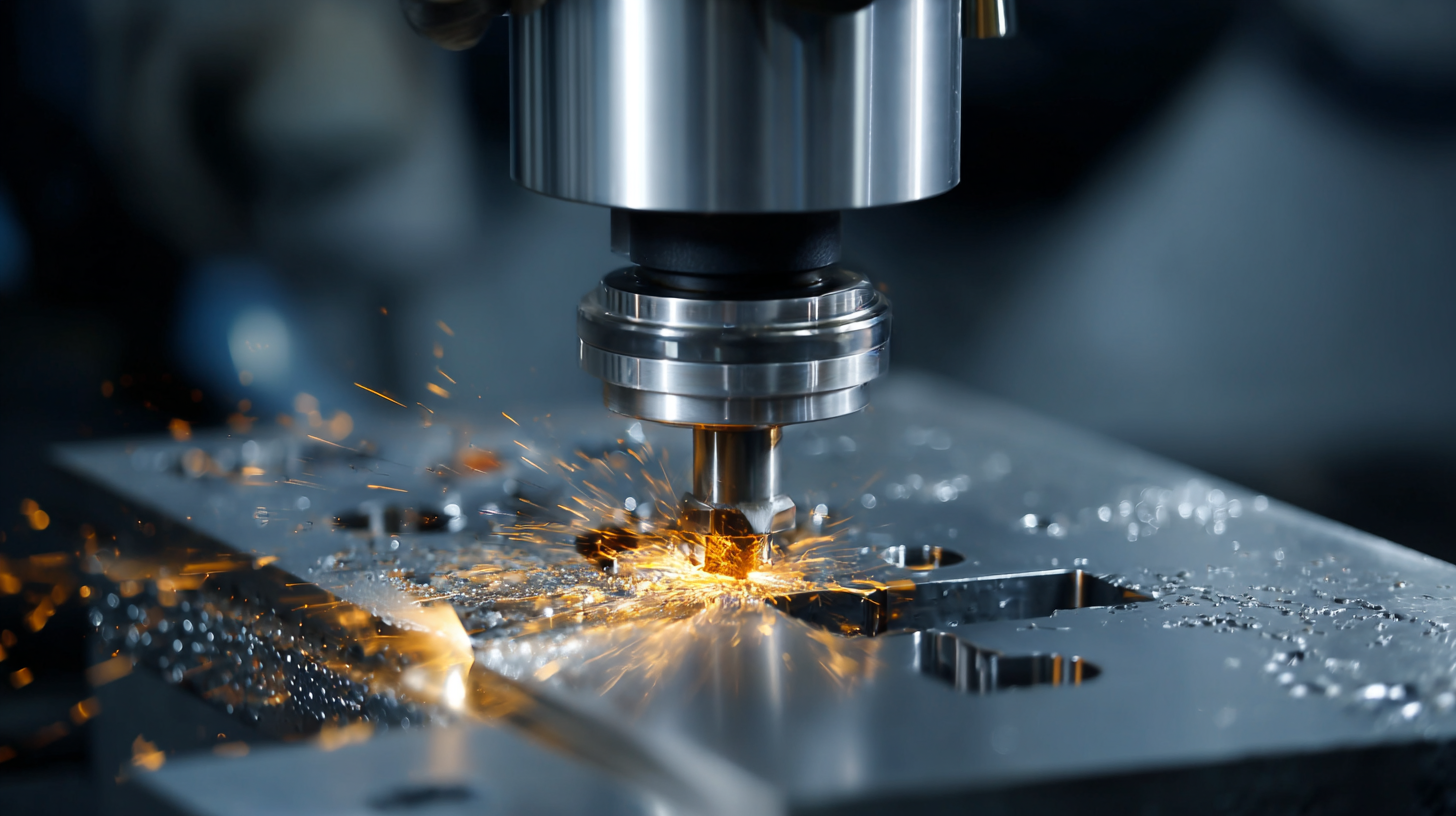
Furthermore, the adoption of CNC machining dovetails with the shifting paradigm towards automation. Businesses are increasingly recognizing the strategic benefits that come from integrating automation into their workflows. Optimization of processes leads to faster production cycles and improved product quality, which translates directly into customer satisfaction and market competitiveness. As manufacturers evaluate their long-term strategies, understanding the ROI associated with CNC operations becomes crucial for making informed decisions that drive sustained growth and profitability.
Flexibility and Versatility: Adapting CNC Technology for Diverse Manufacturing Needs
The flexibility and versatility of CNC metal cutting machines have emerged as critical factors in modern manufacturing, enabling industries to adapt swiftly to varying production demands. As the global plasma cutting machine market is projected to grow significantly, from $699.5 million in 2025 to $905.2 million by 2032, it reflects the increasing reliance on advanced CNC technologies. This growth, characterized by a CAGR of 3.8%, denotes a clear trend towards automation and precision in manufacturing processes.
In India, advancements in CNC technology are set to transform the machine tools industry dramatically. The integration of flexible manufacturing systems (FMS) allows manufacturers to adjust production lines in real time, accommodating changes in product specifications without substantial downtime. This adaptability is underscored by innovations like flexible clamping systems that streamline workflows and minimize the need for custom tooling. Such developments not only enhance efficiency but also bolster the industry's capacity to meet diverse manufacturing needs, ultimately positioning companies to thrive in a competitive global market.
Understanding the Advantages of CNC Metal Cutting Machines in Modern Manufacturing
Related Posts
-
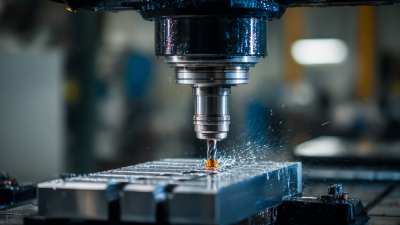
The Ultimate Guide to CNC Metal Cutting Machines: Choosing the Right Tool for Your Business
-

5 Compelling Reasons to Choose a CNC Cutting Machine for Your Business
-

Innovative Solutions for Efficient CNC Press Brake Machine Operations
-

Ultimate Guide to Mastering Roll to Sheet Cutting Machines for Optimal Production Efficiency
-
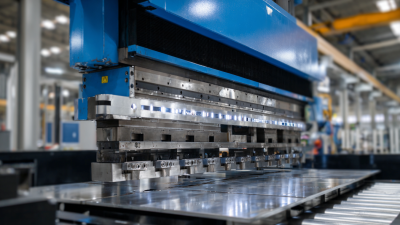
Why CNC Press Brakes Are Transforming Sheet Metal Fabrication Efficiency in 2023
-

Understanding the Challenges of Operating a Metal Shear Machine